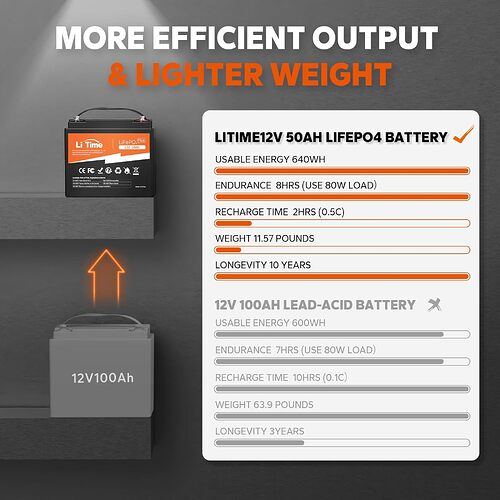I am looking to build a canopy flasher to install in a sailplane and am after some guidance on components.
Commercial solutions (eg aeroflash ) are out of my budget!
Ideally it needs to be clearly visible in full sunlight from 3nm / 3.5 mile / 5.5km. Two gliders approaching head on can have a closing speed of 300-400 kmh.
There are good arguments for using red LED’s, but I think I’ll start with white for simplicity.
Gliders have 12V power, typically a 7.2Ah AGM lead acid or two. Power consumption is a concern.
I simply want a unit that flashes (40-60 fpm, 0.7-1 hz) when turned on.
My reading suggests the Luminus SST-40 is a good choice for the LEDs. Probably with something like a Carclo elliptical ripple TIR lens.
When it comes to drivers I get a bit lost.
It seems to me that a 5A driver should be about right but when I look at some of the budget suppliers I can’t figure if I can drive multiple LED’s from the one driver.
I also struggle to find something that I can be reasonably confident that I can organise so it just starts up in Strobe mode - it’s very likely that you really don’t want the strobe turned on while sitting at the launch point with people helping hooking you up to winch/tug, and once airborne the last thing you want is to have to do more than flick a switch.
Any pointers gratefully received.



